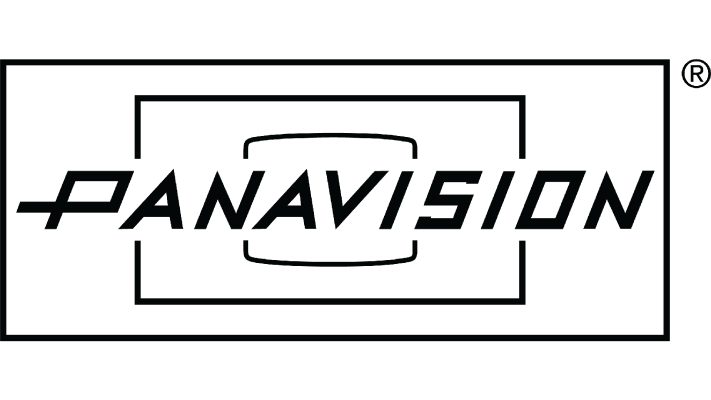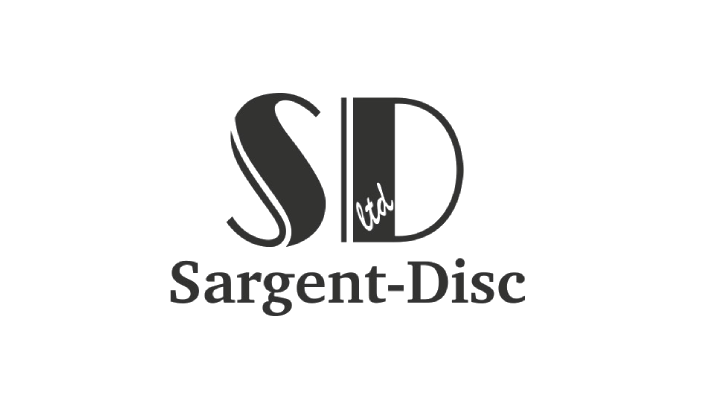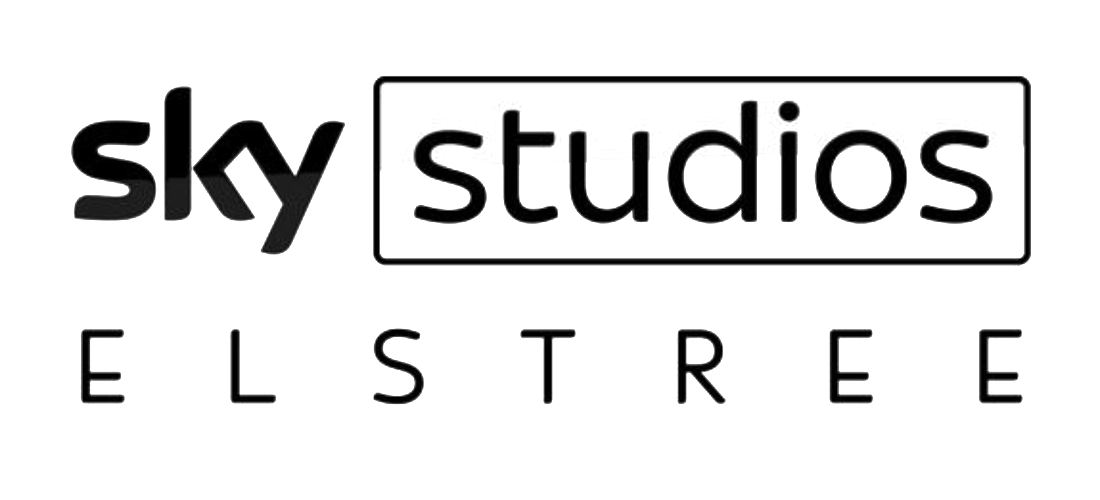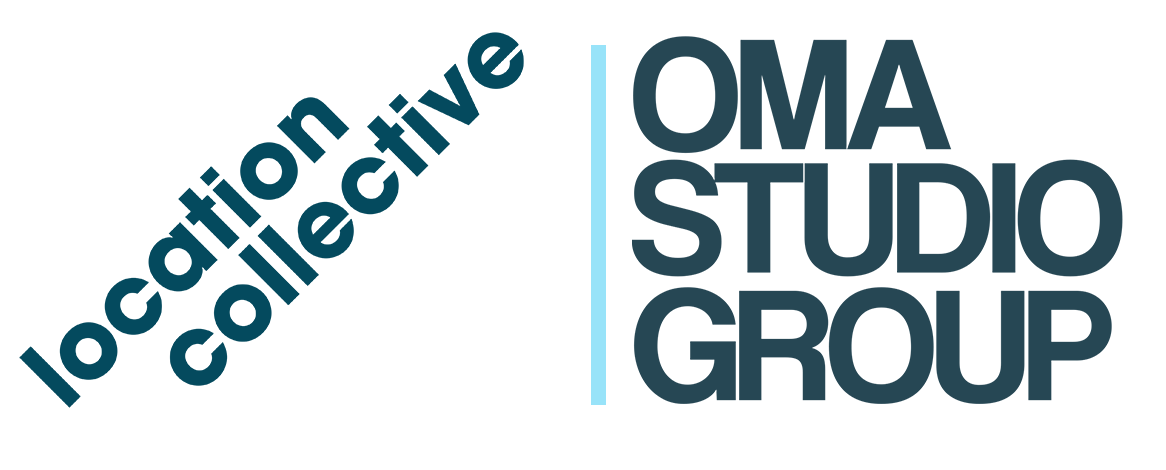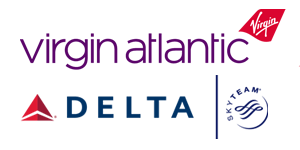Production Package
Initial considerations
It is important that all productions have appropriate insurance.
There are a number of different types of insurance that are available for productions, some of which are compulsory legal requirements (e.g. employer’s liability, road traffic act/motor) and others are voluntary.
Many broadcasters / production companies have an insurance broker and policy or scheme they prefer to use. They may also choose to self-insure certain areas, this is certainly the case with some of the larger companies, broadcasters and studios.
It is generally the responsibility of the Producer and Line Producer to ensure the production is adequately covered. The Production Accountant should have copies of the insurance policies, noting premiums, exclusions and deductibles.
Basic production package contents
The basic Production Package will cover the following areas:
- Media – negative / tape and digital media cover, including sound recordings, faulty processing and accidental damage / all risks
- Cast – key talent cover for Actors, Directors, DoP etc
- Miscellaneous equipment
- Props, set & wardrobe cover
- Cash cover
- Third party property damage
- Production office content
Negative, tape and digital media cover
The insurance is to cover the additional costs of re-recording, arising from loss or damage to the recording media e.g. film or tapes including sound recordings.
Key talent cover
Key talent usually refers to main cast and the Director(s), but can include any other key talent where filming would not be possible if they were unfit to work. The policy indemnifies the production against additional production costs or abandonment incurred in the event of accident, sickness or death of certain specified people during the period of principal photography, plus a period prior to the first camera day.
The key talent named in the insurance policy will require medicals, the cost of which is covered by the production. The result of the medicals may lead to some exclusions from the policy, e.g. pre-existing conditions or pregnancy. The Producer or Funders may decide that the key talent cannot be used if the exclusions provide too high a risk for the production.
Miscellaneous equipment
The policy can include ‘all risks’ cover for all camera, sound, electrical, editing and other such equipment whether owned, hired or on loan to the production and for which they are liable. (Note: the definition of ‘all risks’ will be specified in each policy document.) Cover should commence when the production first becomes liable for equipment e.g. upon commencement of set design/construction. It should be maintained until all hired equipment, including editing equipment, has been returned to its owner.
Props, sets & wardrobe cover
Loss or damage to props, sets and wardrobe can be covered in the policy.
There may be separate limits applied to valuables such as antiques.
The period of insurance should run from when the props/sets are being designed and constructed until all hired/loaned items have been returned.
Cash cover
The policy can cover the petty cash, but the policy will specify how the cash is handled and stored. There will be maximum cash limits covered depending on the cash rating of the safe and the security over cash in transit.
Third party property damage
This is to cover loss or damage to third party property in the care, custody and control of the productions, e.g. dry hire of equipment or locations. This area may also be included in the public liability insurance, therefore only areas not covered under the public liability insurance should be included here.
Production office contents
This insurance provides all risks cover for office furniture, fixtures, equipment and supplies, whether owned hired or on loan to the production and for which the production is responsible for. The insurance of individual’s tools of trade should usually remain the responsibility of the equipment’s owner.
Commercial vehicle physical damage
This covers damage to or destruction of action vehicles, mobile equipment vans, mobile studio units. Coverage applies to declared vehicles for amounts up to specified values or limits. Coverage may also apply to motor vehicles owned by the production company or any rented private passenger cars, if specifically endorsed to the policy.
Animal mortality
Provides indemnification to the production company for the value of an animal that dies during a production or for the net loss due to illness or destruction of an animal used in a production. Values of animals have to be established in advance and current veterinarian certificates are required.
Employers & Public Liability
Employer’s and public liability insurance ensure that the production is covered from the risks of being sued by third parties or employees for negligence in respect of bodily injury, death, disease, illness or property damage. The certificates of insurance should be displayed in the production office.
Employers liability insurance is compulsory. Legislation provides that insurance cover has a minimum limit of indemnity, so the latest rates should always be checked. The cover must be arranged as soon as employees are taken on, and maintained until all employees are off the payroll. The insurers usually require an ERN (employers reference number) in order to provide this cover. An ERN is given to every business that registers with HMRC as an employer. It is a unique set of letters and numbers used to identify each employer. It is often referred to on tax forms as an employer PAYE reference number.
Public liability insurance should run parallel with employers liability. The limit of indemnity selected would be very much dependent upon the studio/location facilities being utilised for filming. Also if filming is in places of great value, the indemnity limit should be raised to protect the production against catastrophic fire etc, for which they may be legally liable. As with employers liability, this insurance should be maintained from the earliest pre-production stages until the completion of all post-production activities.
Travel
Productions travelling abroad will need to establish the extent to which the production will pay for travel insurance and which areas of insurance they will expect the individuals to cover the cost of their own insurance e.g. personal belongings or medical insurance.
Film Union & Personal Accident Insurance covers overseas filming and personal accident required by various union and Equity contracts, as well as standard travel benefits. This includes medical expenses, cancellation, baggage etc and ensures the film union aspect meets union/BECTU requirements.
Motor
In the UK it is a legal requirement to have adequate motor insurance and that all vehicles comply with the Road Traffic Act.
The requirements may differ if it is guaranteed that the vehicles are never to be used on a public road.
Care should be taken where crowd artists or crew are asked to use their vehicles in vision. Advice should be sought from the insurance provider to clarify the production’s responsibility over ensuring that the individual has adequate motor insurance.
It is normal practice for the facilities companies, if such vehicle is being provided with a driver, to maintain the necessary insurance. However, it is imperative that this position be checked at the outset and separate cover arranged if necessary.
Crew paid a car allowance or claiming fuel / mileage may be asked to complete a driver’s declaration form and provide evidence that they have insurance for business use.
Claims
Production Accountants are often required to help prepare the documentation for submission of claims to the loss adjuster.
Loss adjusters are appointed by the insurance company to check that claims are valid. Loss adjusters for production insurance policies have a good knowledge of the production process and are able to read schedules and understand where the loss has been mitigated to keep it to a minimum.
The Production Accountant should provide supporting documentation for all costs being claimed for. The costs must only be additional costs that would not have been incurred had the claim not arisen.
e.g. If an artist is unwell and unable to film, the additional costs of moving the filming with the artist to another day can be claimed for.
- The cost of people / equipment that can be rescheduled to the new filming day at no extra cost cannot be included in the claim.
- Where a cancellation fee is due for the people / equipment originally booked, then this cost can be included in the claim, but the cost booking for the rescheduled day cannot be claimed, as this is not an additional cost.
- Where the people / equipment booked, can still be used on the original day of filming, despite an artist not available for filming that day, the cost cannot be included in the claim.
- Where the scenes dropped can be picked up on an already scheduled filming day, then very few costs can be claimed for. Only items that had not been previously required e.g. additional hire of props / costumes etc.
- When including the cost of crew in the claim, ensure that all related fringes are also included.
To produce a summary insurance claim, for the loss adjuster, best practice recommends summarising all additional costs on a spreadsheet, providing the following information for each item:
– Date cost incurred
– Name of supplier
– Description of cost
– Quantity
– Units e.g. number of extras or hours overtime etc.
– Unit price
– Employers national insurance contribution where applicable
– Total cost
– Supporting document number, e.g. invoice number
Copies of all invoices, payslips, contracts etc, should be attached to the summary for submission to the loss adjuster.
The Production Accountant must provide in the cost report for the cost of the excess on each claim. (Most insurance policies have an automatic deduction from the amount payable and this is known as an insurance excess and the production has to cover this part of the claim, e.g. a £5,000 claim has a £500 excess – the production will only receive £4,500 from the insurance company and bears the £500 cost itself.)
Other
Depending on the nature of the production, there may be other specialist insurance required, e.g:
- Marine
- Aviation
- Livestock
- Political risks
- Kidnap and ransom
- Foreign local insurances
- Weather insurance
- Presenter’s / Actor’s disgrace
- Essential element – refers to a person who is essential to the production. This is a policy endorsement added to cast coverage wording. A claim is made under the cast coverage if death or injury or sickness for a specified time of an essential element during pre-production or principal photography prevents the completion and delivery required by the distributors and makes it necessary to abandon the production. A separate charge generally applies.
The attached link shows a useful glossary of terms for production insurance
Completion Guarantors
For more information on completion guarantors see the Development and Pre Production section
Errors & Omissions
This insurance indemnifies the production from claims from third parties arising out of libel, slander, defamation, plagiarism, infringement of copyright, invasion of privacy, incorrect use of formats, ideas and titles.
The insurance can be placed for any amount of time from 1-5 years on a “claims made” basis, which is the most common form in UK. Many TV shows require a 3 year policy, but it is increasingly common for TV production companies to have an annual blanket policy in place. Most feature films will require E&O to be in place from the first day of principal photography, for a period of 4 or 5 years.
Note – E&O insurance is not allowable spend for the UK tax credit as it is not considered a cost of making the production.
NOTE: This guide contains general information only. Nothing in the guide constitutes legal advice. You should consult a suitably qualified lawyer on any specific legal problem or matter.






